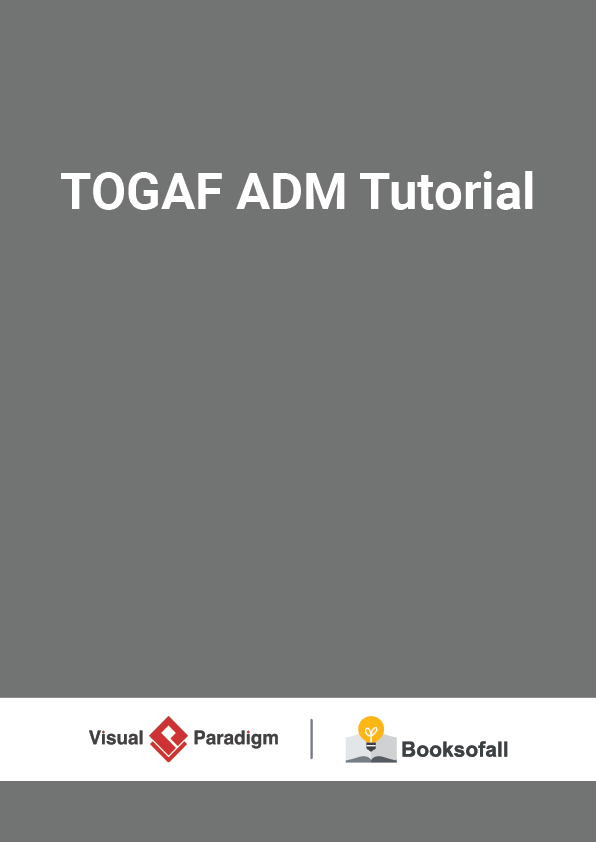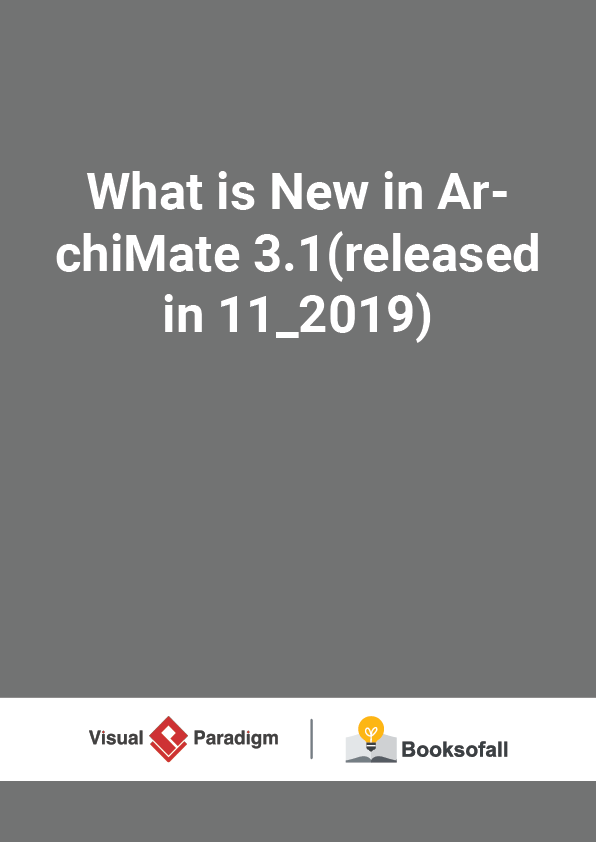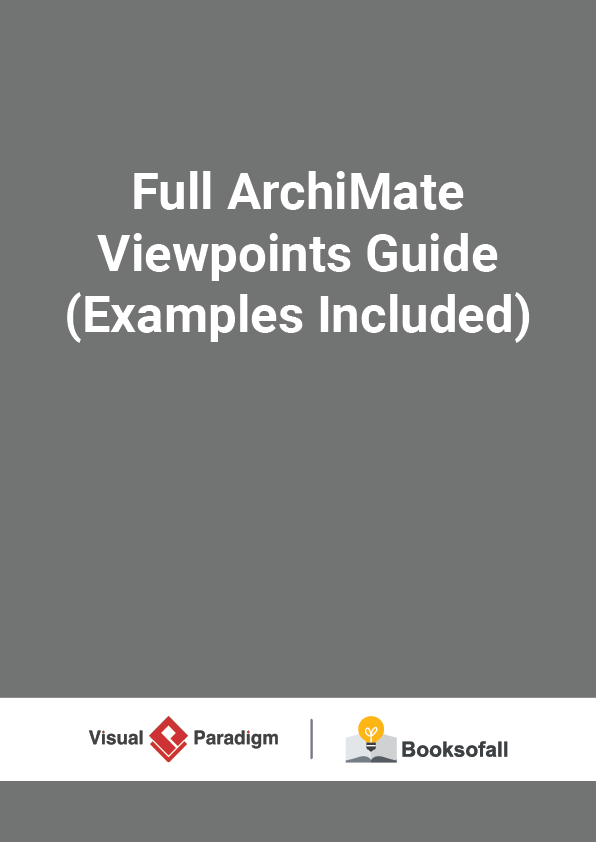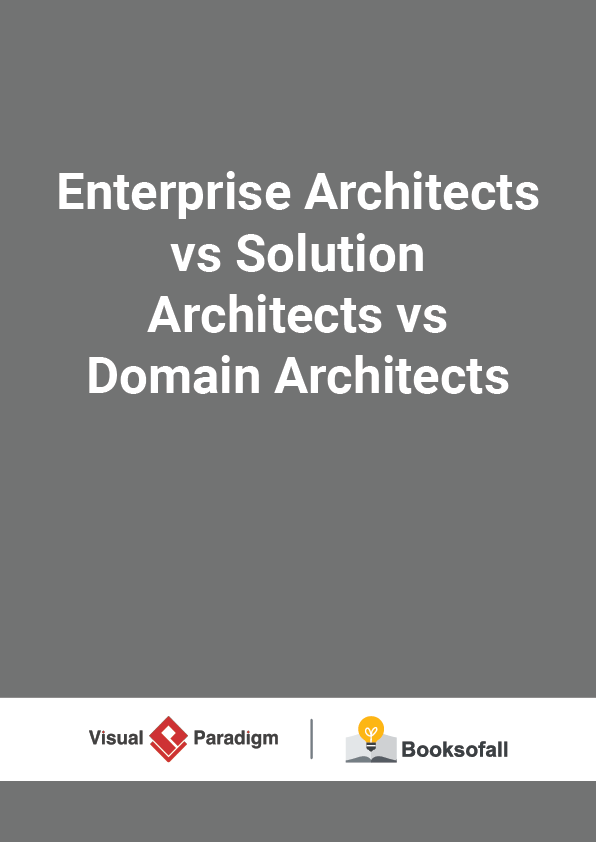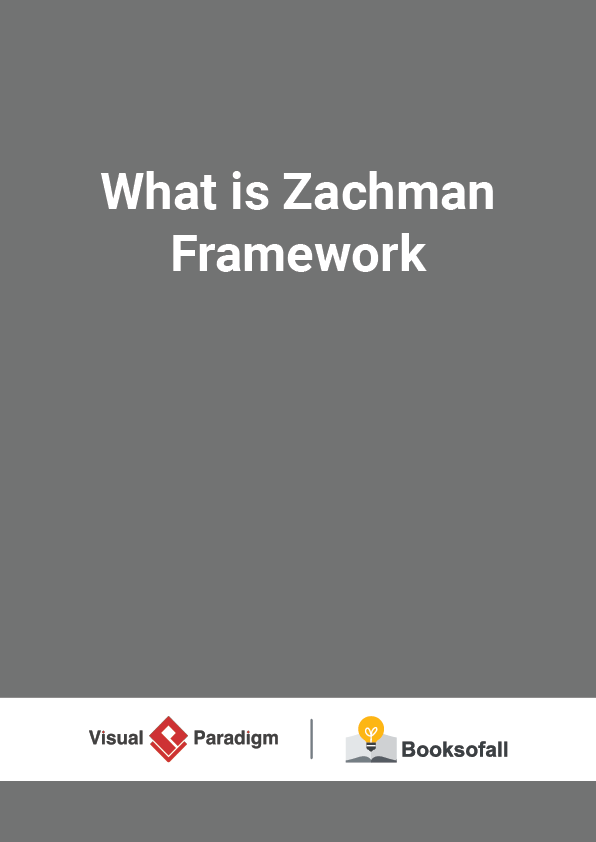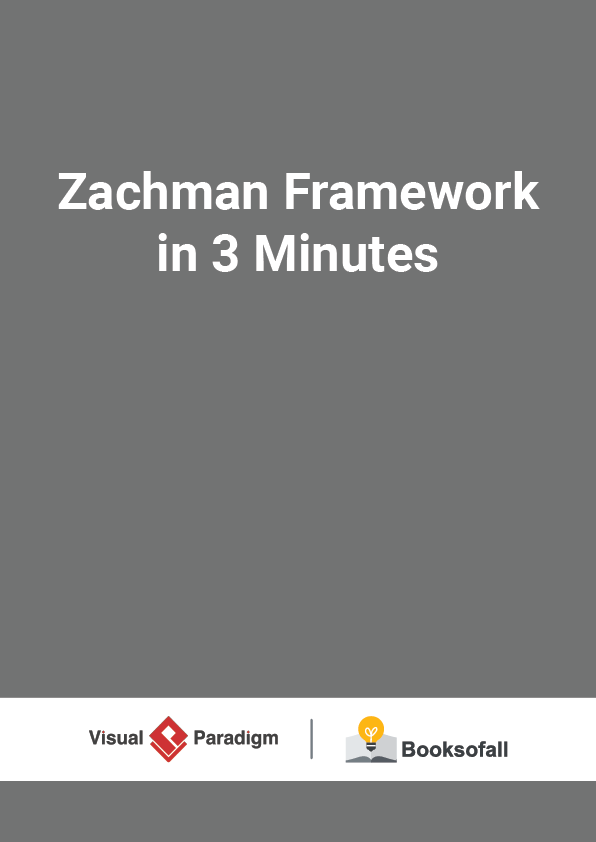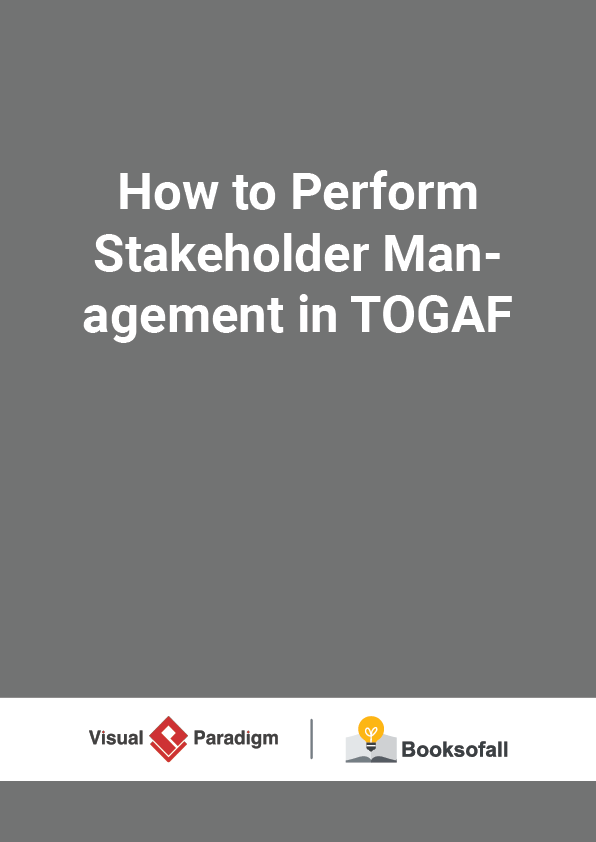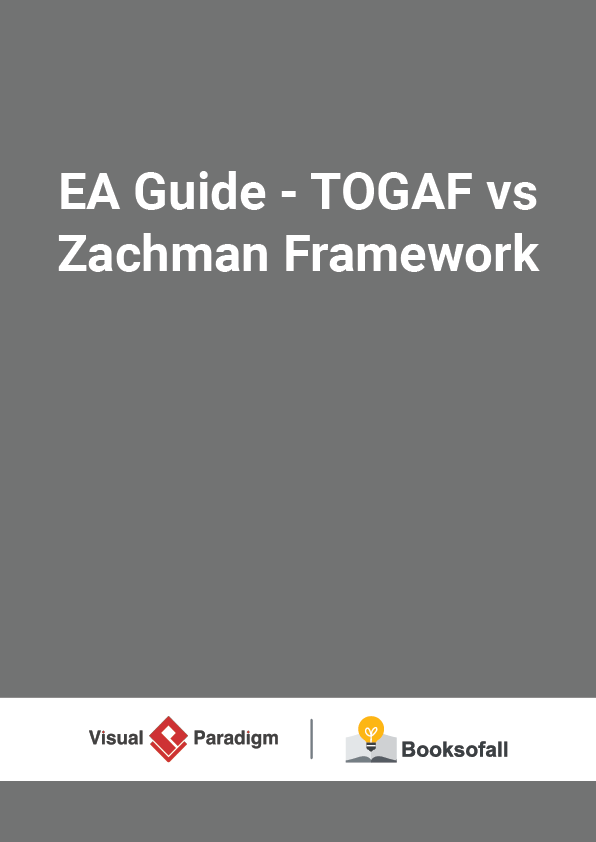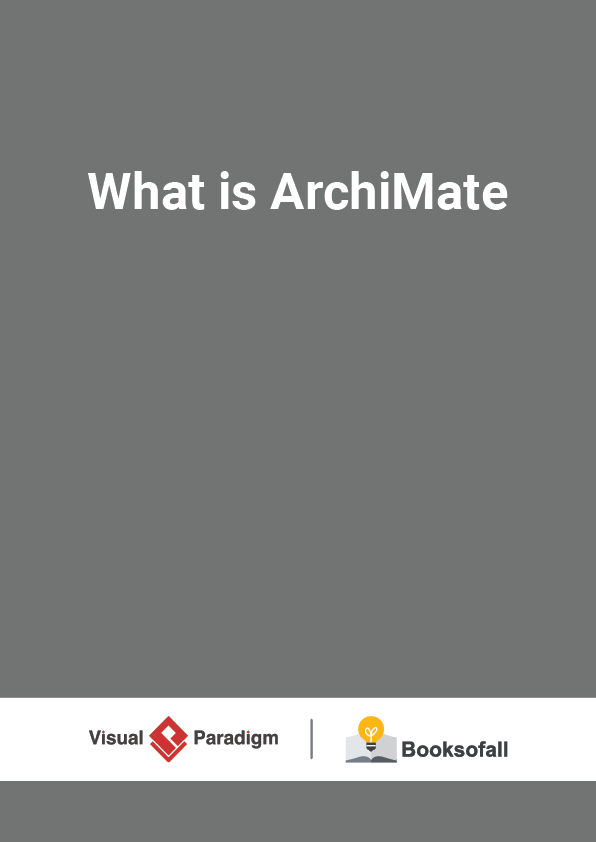TOGAF ADM Tutorial
11-14 minutes
TOGAF ® , The Open Group standard, is a proven enterprise architecture methodology and framework used by the world’s leading organizations to improve business efficiency. It’s the most prominent and reliable enterprise architecture standard, ensuring consistent standards, methods, and communication among enterprise architecture professionals. Enterprise architecture professionals fluent in TOGAF standards enjoy greater industry credibility, job effectiveness, and career opportunities. TOGAF helps practitioners avoid being locked into proprietary methods, utilize resources more efficiently and effectively, and realize a greater return on investment.
Why TOGAF?
The IT architecture needs to closely reflect the business goals of the organization. Indeed, specific techniques (business scenarios) should be used to ensure that the business goals are properly understood by the IT architect, and reflected in the IT architecture developed using TOGAF.
Here are the reasons that we should adopt TOGAF ADM for architecture development:
- A comprehensive general method
- Complementary to, not competing with, other frameworks
- Widely adopted in the market
- Tailorable to meet an organization and industry needs
- Available under a free perpetual license
- Vendor, tool and technology neutral open standard
- Avoids re-inventing the wheel
- Business IT alignment
- Based in best practices
- Possible to participate in the evolution of the framework
What is TOGAF Architecture Development Method(ADM)?
The Architecture Development Method (ADM) is applied to develop an enterprise architecture which will meet the business and information technology needs of an organization. The TOGAF ADM is the result of continuous contributions from a large number of architecture practitioners for serving the following purposes:
It describes a method for developing and managing the lifecycle of an enterprise architecture, and forms the core of TOGAF.
It may be tailored to the organization’s needs and is then employed to manage the execution of architecture planning activities.
TOGAF and ArchiMate
ArchiMate is a modeling standard introduced by the Open Group. It provides a rich set of modeling notations and concepts that supports modeling Enterprise Architectures consistently within and across domains.
Since both TOGAF and ArchiMate are standards maintained by the Open Group and they both are used in enterprise architecture development, many people are confused between them, asking questions like “what’s the difference between TOGAF and ArchiMate?”,”TOGAF vs ArchiMate?”, etc. The TOGAF framework and the ArchiMate modeling language are both maintained by The Open Group. The TOGAF 9.1 and ArchiMate 2.1 or above work well together and are compatible and complementary for EA development. While TOGAF ADM is an EA framework that can be used to develop and implement enterprise systems, processes, and structures, ArchiMate can be served as a visual modeling language that can be used to create EA descriptions.
It is important to reiterate that the ArchiMate standard is a modeling language and not a framework. The ArchiMate language is widely used for developing visual EA models, usually in conjunction with the TOGAF ADM. Moreover, the TOGAF and ArchiMate standards can put together to provide a set of viewpoints that can be applied for modeling the different architectures.
The ArchiMate language consists of the ArchiMate core language, which includes the Business, Application, and Technology Layers, along with elements to model the strategy and motivation underlying an architecture, as well as its implementation and migration.
The figure below shows a simplified mapping of how the ArchiMate language can be used in relation to the phases of the TOGAF Architecture Development Method (ADM).
